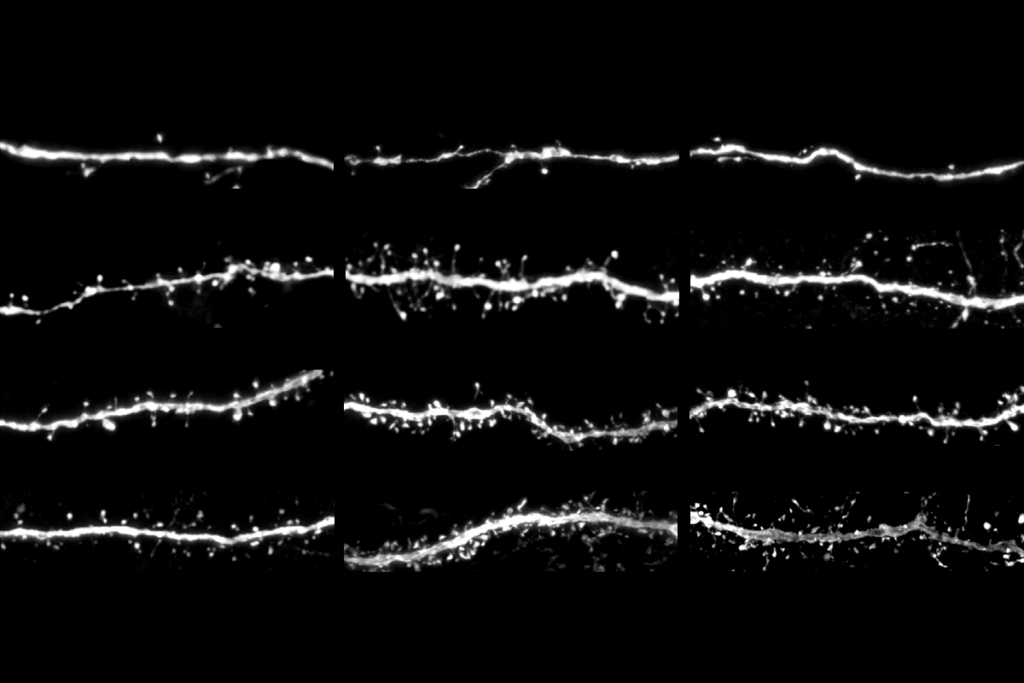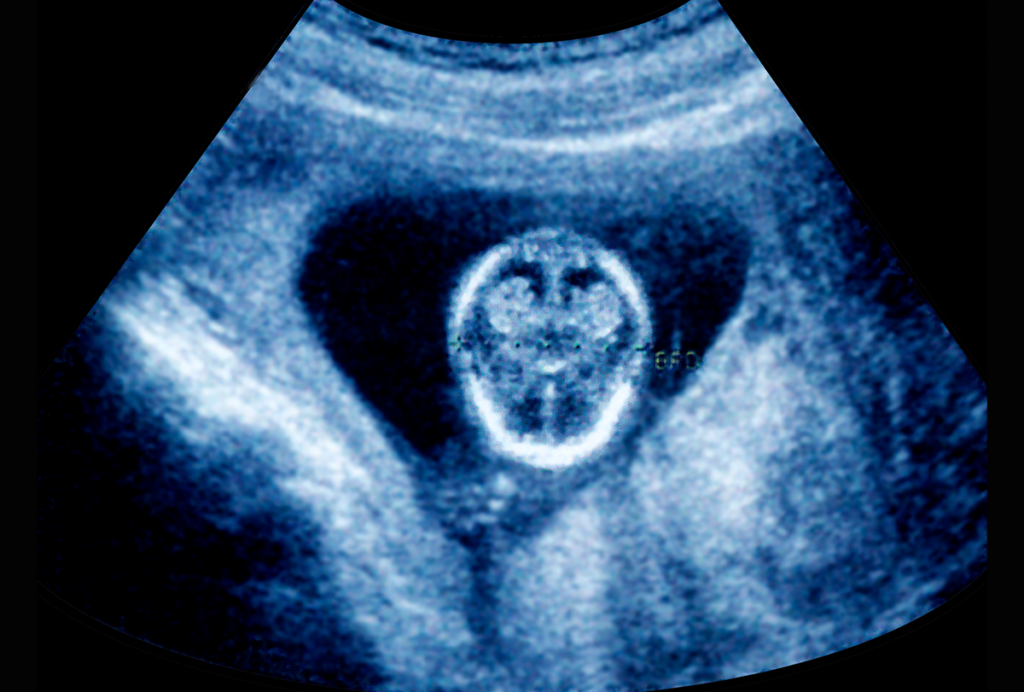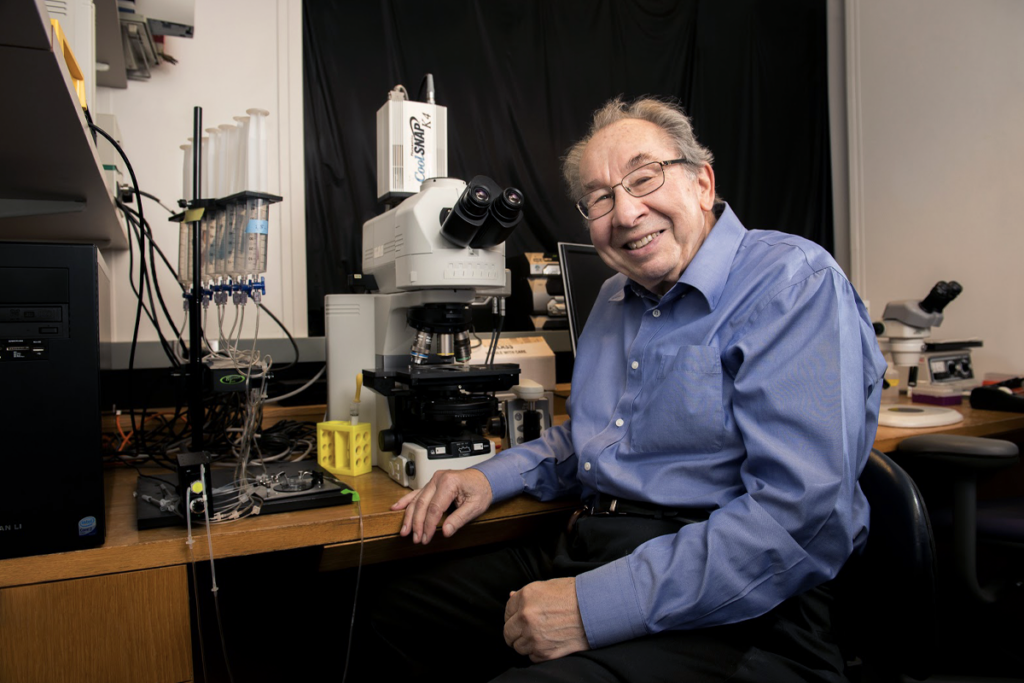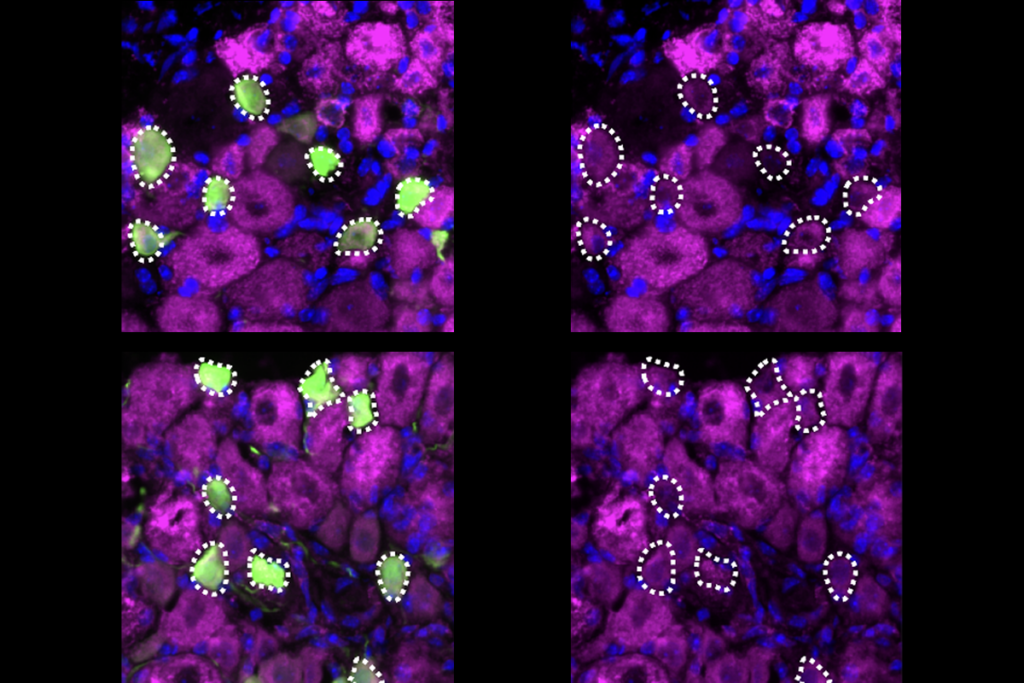Clinical research: Temperament marks infants with autism
Babies later diagnosed with autism tend to have a heightened response to sights and sounds in their first year of life, and smile and cuddle less as toddlers than controls do, according to a paper published 24 August in the Journal of Autism and Developmental Disorders.
Babies later diagnosed with autism tend to have a heightened response to sights and sounds in their first year of life, and smile and cuddle less as toddlers than controls do, according to a paper published 24 August in the Journal of Autism and Developmental Disorders1.
The study is the first to look at whether children with autism have a characteristic temperament that is apparent in infancy. Clinicians typically diagnose autism starting at 3 years of age, but studies suggest that signs of the disorder may be visible as early as 6 months.
Many research groups are trying to identify early signs of the disorder by studying so-called ‘baby sibs,’ or infant siblings of children with the disorder. As much as 20 percent of baby sibs develop autism, compared with 1 percent of the general population.
In the new study, researchers assessed the temperaments of 54 baby sibs and 50 controls at 7, 14 and 24 months of age using parental reports. The researchers diagnosed 17 of the 54 baby sibs with autism once they reached 3 years of age. These children were more sensitive to sensory stimuli and more impulsive and active than baby sibs who didn’t develop autism and controls.
After 1 year of age, baby sibs as a group, regardless of autism diagnosis, are less active and impulsive than controls. This may be because family members of individuals with autism have some traits of the disorder, dubbed the broad autism phenotype, even when they don’t have autism.
Between 1 and 2 years of age, baby sibs who go on to develop autism have more trouble with focus and with controlling their emotions, the study found. They are also less likely to smile, cuddle or laugh and more likely to seem sad or shy than typical children. At this age, there is no difference in temperament between baby sibs who do not develop autism and controls, the study found.
Early screening tools for autism should include questions that reflect temperament, the researchers suggest.
References:
1: Clifford S.M. et al. J. Autism Dev. Disord. Epub ahead of print (2012) PubMed
Recommended reading

Protein tug-of-war controls pace of synaptic development, sets human brains apart

Gene variants accumulate in older men’s sperm; and more

Gene-activity map of developing brain reveals new clues about autism’s sex bias
Explore more from The Transmitter

Remembering GABA pioneer Edward Kravitz
